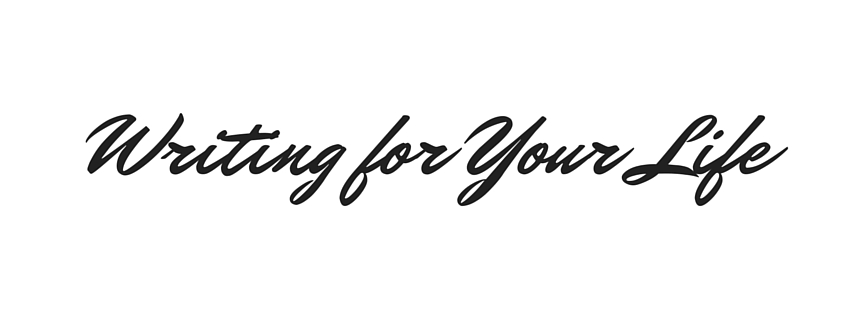Human beings are untidy collections of motives, hurts, memories, goals, fears, and so on. Much of the learning curve in any spiritual practice involves seeing ourselves honestly. Also, we must be willing to acknowledge all aspects of the self, including the parts that cause us pain, shame, or other harm. We cannot avoid the shadows and deep hurt. Neither can we dismiss those things about us that are quite lovely and amazing. A growing spiritual life leads to a growing healthy sense of self. As a Christian I grow spiritually by admitting what’s not going well with me – and also by admitting that God’s grace is already dealing with my sins and imperfections – as well as admitting that I am lovely and amazing by mere virtue of the fact that God of the universe loves me, creates me, desires me, and will never forsake me. If I am to grow spiritually, I will continue to hold all of that truth in grace-filled tension. I see the truth of myself, but that truth is complete only if it includes Divine Presence as an ongoing reality.
In much the same way, the artist cannot help but grapple with the many and often contradictory aspects of herself and of the work she’s doing. She has to hold all things in tension and regularly train herself to look at the work as a whole, made up of the who-knows-what. She also cannot avoid dealing with how she interacts with the work she’s doing and how her complicated life interacts with that work.
Whether you’re writing a short story or just getting through the week, things get messy. You cannot afford to ignore the mess. You can’t live as if there’s no mess, and you can’t write as if there’s no mess. Self-reflection is what you do to admit to the mess and work with it.
from “The Art of Spiritual Writing” by Vinita Hampton Wright, Loyola Press
